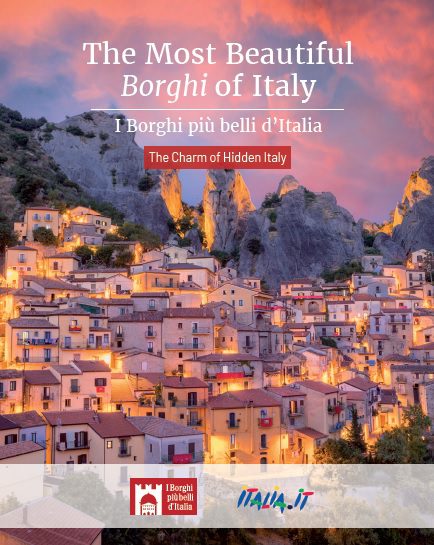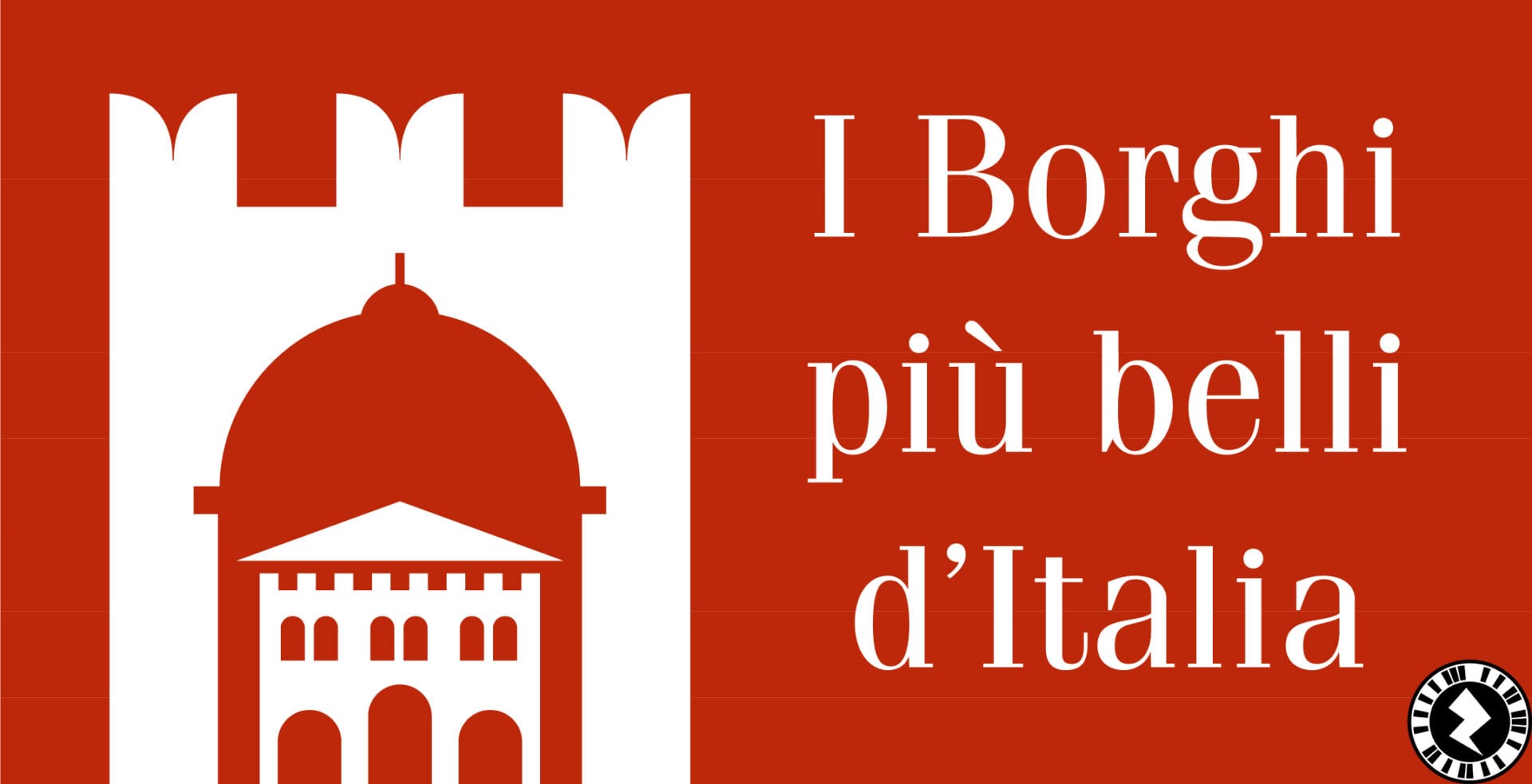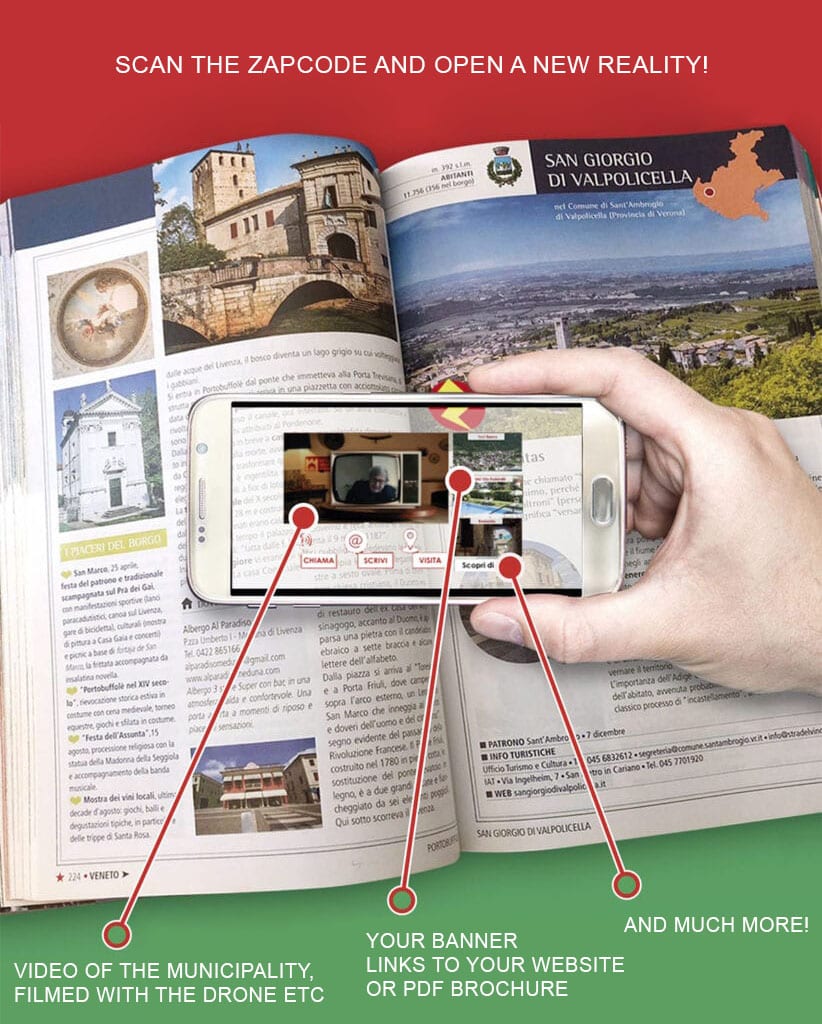The first English edition of the Guide “The Most Beautiful Borghi of Italy” contains 335 borghi (including the 7 guests) and each borgo illustrates, in the Introduction, the extraordinary historical, artistic, architectural and environmental heritage of this Hidden Italy.
A few examples: Palmanova (Friuli Venezia Giulia) and the star-shaped fortress village – Boville Ernica (Lazio) and Giotto’s angel – Corinaldo (Marche) and the Pozzo della Polenta – Panicale (Umbria) and Raphael and the Perugino – Monte Sant’Angelo (Apulia) and the Unesco sites of the Sanctuary and the Umbra Forest – the Baroque Unesco heritage of Ferla and Militello in Val di Catania (Sicily)
And for the Nature aspect: Monteverde (Campania), the borgo where the black stork nests – Tremosine (Lombardy) and the road of the Forra, defined by Churchill as the eighth wonder of the world – Scanno (Abruzzo) and the heart-shaped lake – the Prosecco hills (Veneto) Unesco World Heritage in the villages of Cison di Val Marino and Follina.
There are also two sections devoted respectively to Typical Products and Dishes and to Events, where the typical food and wine products of the villageborghi and traditional events are illustrated.
A few examples: Typical Products and Dishes: Pergola Truffle Festival – Navelli saffron – the historic Castelmola almond wine – award-winning wines and oils in many villages – Castelli ceramics – Monte Isola fishing nets – Il Gioco del Maiorchino in Novara di Sicilia.
Events: The carnival in Sappada, with the inhabitants wearing traditional costumes and masks carved in wood and with the Rollate, the main character of the event dressed in a very special fur costume – Spello and the Infiorata – the Transumanza in Pescocostanzo – the Palio delle barche in Passignano sul Trasimeno the underwater Nativity in Tellaro – Historical re-enactments and festivals of all kinds and for all tastes.
A section entitled ‘Did You Know?’ instead tells stories and anecdotes of the villages that may be of most interest to an international audience.
A few examples: Triora, the village of witches – Irsina and the repopulation by dozens of foreign families – Pacentro, the birthplace of Madonna’s grandparents – the home of the Vespucci family in Montefioralle – Living nativity scenes and Easter processions in super-suggestive settings.
The English version of the guide was produced with the contribution of Enit and is aimed at promoting ‘tourism of the roots’, to which the year 2024 has been dedicated by Maeci, the Italian Ministry of Foreing Affairs.


 You can promote your business by placing an advertising banner in the SPONSOR section. A small contribution for 15 months of visibility, by using a new technology with a strong emotional impact.
You can promote your business by placing an advertising banner in the SPONSOR section. A small contribution for 15 months of visibility, by using a new technology with a strong emotional impact.






